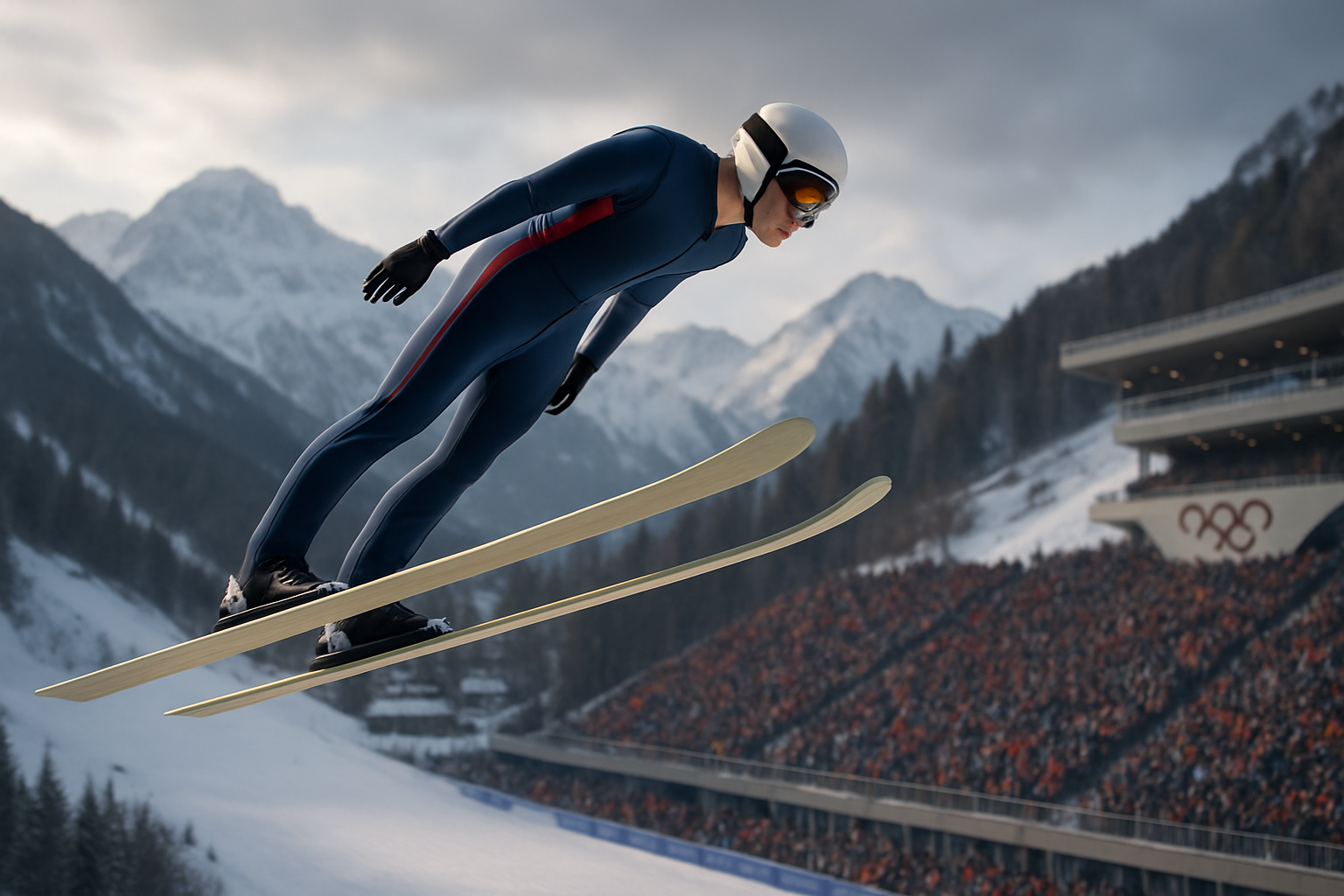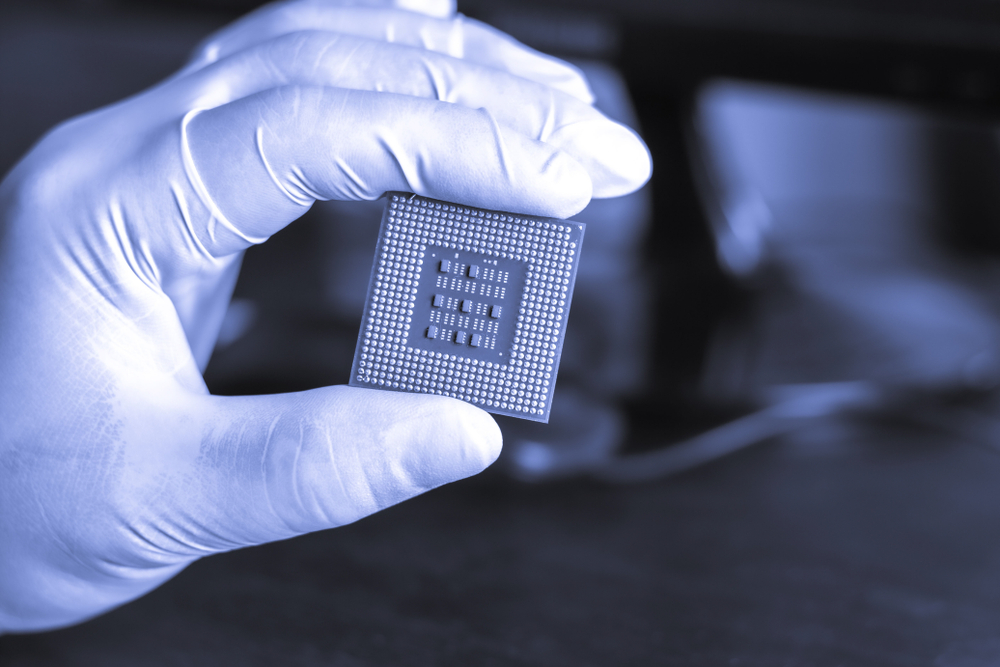Biomechanics of the Badminton Smash: Unveiling the Sport's Most Powerful Shot
The thunderous crack of a shuttlecock meeting racquet at breakneck speed. The blur of movement as a player leaps, twists, and unleashes a devastating overhead strike. These are the hallmarks of badminton's most iconic and feared shot: the smash. But what lies beneath this explosive display of power and precision? Delving into the intricate biomechanics of the badminton smash reveals a fascinating interplay of physics, physiology, and technique that pushes the human body to its limits.

The Kinetic Chain: Foundation of Smash Power
At the heart of the badminton smash lies the concept of the kinetic chain. This biomechanical principle describes how energy is transferred sequentially through different body segments, from the ground up to the racquet. The process begins with the legs, which generate the initial force by pushing against the court surface. This energy then travels through the hips, trunk, shoulder, elbow, and wrist, before finally reaching the racquet.
Elite players have mastered the art of synchronizing these movements to create a smooth, continuous flow of energy. The timing is crucial – each segment must activate at precisely the right moment to maximize power transfer. Any break in this chain can lead to a loss of power or accuracy. Research has shown that the most effective smashes utilize up to 90% of the player’s total body mass in the kinetic chain, highlighting the full-body nature of this explosive shot.
The importance of the lower body in the smash cannot be overstated. Studies have found that leg drive contributes up to 50% of the total power generated in the shot. This explains why top players often appear to leap into their smashes, using the vertical jump to add extra force to their strike. The rotational movement of the hips and trunk further amplifies this power, acting like a coiled spring that unwinds explosively at the moment of impact.
Shoulder Biomechanics: The Power Generator
While the legs provide the foundation, it’s the shoulder complex that truly distinguishes the badminton smash from other overhead sports movements. The shoulder joint, with its remarkable range of motion, allows players to generate extreme racquet head speeds. This is achieved through a combination of internal rotation, horizontal adduction, and extension of the shoulder.
The key to maximizing shoulder power lies in the stretch-shortening cycle. As the player draws the racquet back, the muscles of the rotator cuff and other shoulder stabilizers are stretched. This eccentric loading stores elastic energy, which is then explosively released as the shoulder rotates forward. Elite players can achieve shoulder internal rotation speeds of up to 2000 degrees per second during a smash – faster than any other recorded sports movement.
However, this extreme motion comes at a cost. The shoulder is subjected to immense forces during the smash, with peak torques reaching up to 50 Nm. This puts significant stress on the joint and surrounding tissues, making proper technique and conditioning crucial for preventing injuries. Players must develop strong rotator cuff muscles and scapular stabilizers to withstand these forces and maintain shoulder health over their careers.
Wrist Snap: The Final Power Boost
In the final microseconds before racquet meets shuttlecock, the wrist provides a crucial burst of additional speed. This rapid flexion, known as the “wrist snap,” can increase racquet head speed by up to 30%. The wrist action not only adds power but also allows for last-moment adjustments in angle and direction, enhancing the player’s ability to disguise their shots.
The biomechanics of the wrist snap are complex, involving a coordinated action of the flexor and extensor muscles of the forearm. Elite players exhibit a characteristic pattern of wrist cocking (extension) followed by rapid flexion just before impact. This motion must be precisely timed to coincide with the forward rotation of the shoulder and elbow extension.
Interestingly, studies have shown that the wrist snap in badminton is faster and more powerful than in tennis or squash. This is partly due to the lighter weight of the badminton racquet, which allows for quicker acceleration. The unique aerodynamics of the shuttlecock also play a role, requiring players to generate extreme speeds to overcome its air resistance.
Impact Biomechanics: The Moment of Truth
The instant of contact between racquet and shuttlecock is where all the preceding biomechanical elements culminate. This critical moment occurs in less than 2 milliseconds, during which the shuttlecock is accelerated from rest to speeds of up to 300 mph. The physics of this impact are fascinating, involving complex interactions between the racquet strings, the shuttlecock’s feathers, and the air itself.
High-speed camera analysis has revealed that the shuttlecock actually deforms significantly upon impact, compressing by up to 25% of its length. This deformation stores energy, which is then released as the shuttlecock regains its shape, contributing to its high initial velocity. The angle of the racquet face at impact is crucial, with even tiny variations of a few degrees significantly affecting the trajectory and speed of the shot.
The sweet spot of a badminton racquet is surprisingly small – typically only about 2-3 cm in diameter. Hitting within this area maximizes power transfer and minimizes vibration, allowing players to achieve the highest smash speeds. Elite players demonstrate remarkable consistency in finding this sweet spot, even when striking the shuttlecock at the apex of their jump.
Neuromuscular Control and Proprioception
Executing a perfect smash requires more than just raw power – it demands exquisite neuromuscular control and spatial awareness. Players must coordinate multiple body segments with millisecond precision while tracking a fast-moving shuttlecock in three-dimensional space. This relies heavily on the proprioceptive system, which provides real-time feedback about body position and movement.
Research using EMG (electromyography) has shed light on the complex muscle activation patterns involved in the smash. Elite players show highly synchronized activation of key muscle groups, with precise timing between agonist and antagonist muscles. This coordination allows for smooth, efficient movement and helps prevent injuries by ensuring proper joint stability throughout the motion.
Interestingly, studies have found that expert players actually use less muscle activation in certain phases of the smash compared to novices. This paradoxical finding suggests that elite athletes develop more efficient movement patterns over time, relying more on elastic energy storage and release rather than brute muscle force.
Training Implications: Optimizing Smash Biomechanics
Understanding the biomechanics of the badminton smash has significant implications for training and performance enhancement. Coaches and players can use this knowledge to develop targeted exercises and drills that address specific aspects of the kinetic chain.
For example, plyometric exercises for the lower body can improve explosive leg drive, while rotational core exercises enhance trunk rotation power. Shoulder strengthening programs should focus not just on the large prime movers but also on the smaller stabilizing muscles that are crucial for injury prevention.
Technique drills can be designed to emphasize proper sequencing of the kinetic chain, ensuring that players learn to transfer energy efficiently from the ground up. Video analysis and motion capture technology can provide valuable feedback, allowing players to fine-tune their movements for optimal performance.
Moreover, understanding the extreme forces involved in the smash highlights the importance of proper warm-up and recovery protocols. Dynamic stretching routines that mimic the smash motion can help prepare the body for the demands of high-speed play, while targeted recovery exercises can aid in preventing overuse injuries.
Biomechanical Variations: Adapting the Smash
While the fundamental biomechanics of the smash remain consistent, top players often develop unique variations that suit their individual physiology and playing style. Some players rely more heavily on leg drive, generating power primarily from the ground up. Others emphasize upper body rotation, using their core strength to whip the racquet through the hitting zone.
These variations can be influenced by factors such as height, arm length, and muscle fiber composition. Taller players, for instance, may be able to generate more power through leverage, while shorter players might rely more on rapid rotation and precise timing.
Interestingly, research has shown that female players often exhibit different biomechanical patterns in their smashes compared to males. This is likely due to differences in muscle mass distribution and joint flexibility. Understanding these gender-specific variations can help coaches tailor their training approaches to optimize performance for all players.
The Future of Smash Biomechanics
As technology continues to advance, our understanding of the badminton smash is likely to deepen even further. Wearable sensors and AI-powered motion analysis promise to provide unprecedented insights into the nuances of individual techniques. This could lead to highly personalized training programs that address each player’s unique biomechanical profile.
There’s also growing interest in exploring the cognitive aspects of the smash. How do elite players make split-second decisions about when and where to smash? What role does anticipation play in executing the perfect overhead strike? Integrating biomechanical data with cognitive neuroscience could unlock new dimensions in our understanding of this complex skill.
Furthermore, advancements in materials science may lead to racquet designs that better complement the natural biomechanics of the smash. We might see racquets with variable stiffness profiles or smart materials that adapt to different shot types, allowing players to push the boundaries of smash speed and accuracy even further.
Conclusion: The Art and Science of the Smash
The badminton smash stands as a testament to the remarkable capabilities of the human body. It represents a perfect fusion of raw power, precise technique, and split-second timing. By unraveling the biomechanics behind this iconic shot, we gain not only a deeper appreciation for the skill of elite players but also valuable insights that can benefit athletes at all levels.
From the initial leg drive to the final wrist snap, every element of the smash is a carefully choreographed movement designed to generate maximum power and accuracy. The interplay between different body segments, the role of elastic energy storage, and the importance of neuromuscular control all contribute to making the smash one of the most fascinating subjects in sports biomechanics.
As research in this field continues to evolve, we can expect to see further refinements in training methods, injury prevention strategies, and perhaps even new variations of the smash itself. The badminton smash, with its blend of explosive power and pinpoint precision, will undoubtedly continue to captivate players and spectators alike, serving as a powerful reminder of the heights that human athletic performance can achieve.





